What is native advertising? The ultimate guide

- What is native advertising?
- How does native advertising work?
- Why you should launch native ads
- Good examples of native advertising
- 1. Margarita day
- 2. The message from deep space
- 3. Drums jackpot
- 4. Puppies for the win
- 5. Untamed nature
- Instagram native advertising
- Creating an effective native ad
- 1. Content is the priority
- 2. Advertise to your target audience
- 3. Every native ad needs a landing page
- 4. Tell honestly it's a promo
- Soft sells are the future
Native advertising is a relatively new type of product promotion. Debuting in 2012, it has become the main driving force behind today's digital marketing. So what does it mean exactly? How can we define such ads?
Such advertisements disguise their advertising purpose, and they are hard to spot. If you need a definition, native ads appear as a part of the content users initially want to see. If created well, it is something fun or usable. People can relate to such advertisements.
What does it mean? Digital native advertising doesn't throw the aggressive "Buy it!" message into prospects' faces. Instead, an ad gives you, a viewer or reader, something you can actually benefit from. It is more a kind of soft sales. Like it doesn't mean to offer you buy something, but since you're here reading or watching this you may want it...
Native advertising proves to be effective for brand marketing. Over the years, people have learned to get blind when ads appear. We get attacked by ads all around and, in fact, we don't receive the advertisement message anymore, it turns into a buzzing white noise. We can't distinguish it and probably don't want to.
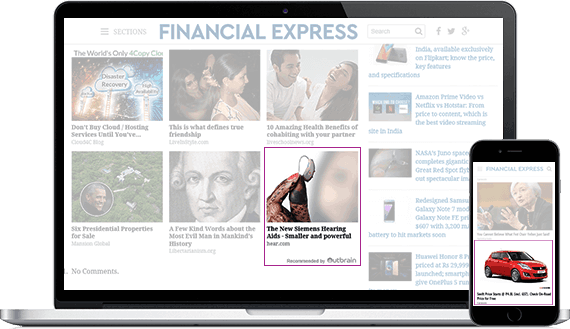
Native advertising doesn't fear away your clients from the very beginning. People hate hard sells. They instantly spot an attempt to push them to buy some useless junk. Ads in digital marketing are more about soft sales.
A native ad offers content and can be useful. It may help to solve a problem, provide tips, or teach how to avoid danger, such as money loss. And sometimes it puts a smile on one's face thanks to a comedy sketch in the advertisement.
So, let your customers benefit from your ad if you want to get a benefit for your business. Use native advertising to establish a close connection with the consumers. First, you give some fun for 5 minutes of their lives, and then you give earphones for their $40.
Native advertising pays off perfectly in long term. Research by Content Marketing Institute shows that 70% of consumers learn about brands and their products through the content. Good digital ads are a way to create and show content that evokes interest, creates intrigue, or arouses emotions.
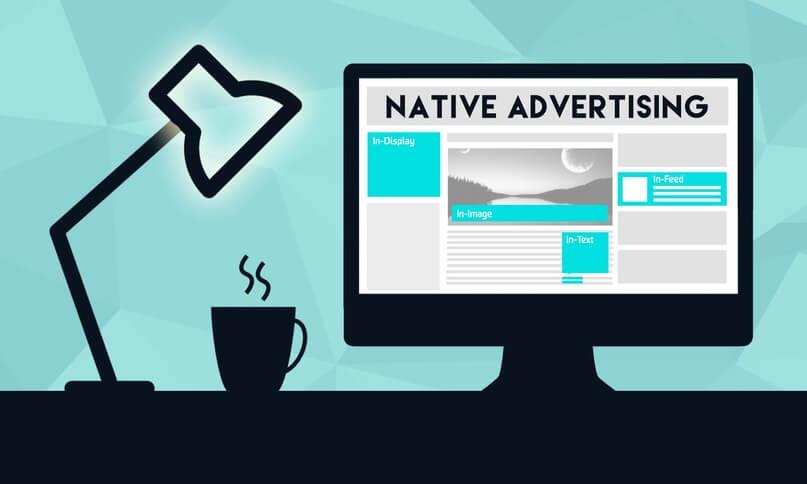
The answer is simple: native advertising grabs prospects' attention perfectly. That's why they keep watching it and make an effort to infer the message. What's more, it stimulates social media engagement. People can relate to the words and pictures, and that's why they like it.
Good native advertising is non-disruptive. It doesn't draw attention from the main content or issue but complements them. Below you can find an example of an advertisement that shows the idea.
Here is a good native advertising example for a software. Let's say you like computers and watch a video about them. Everything goes well, the person on the screen told you about the latest OS updates and then gave some tips on how to make your experience better. One of the tips was to install a particular software. They even gave you a promo code to buy an annual plan at a discount.
Native advertising perfectly blends in. Like a software in a speech about computers. The visual, concept, voice tone, and emotional vibe of the advertisement match the situation.
Let's look at some good examples of native advertising that are real. We want to tell you some cases with brands.
A native ad doesn't have to be a story, article, or video. Sometimes, it can be a social action on social media. That was Patron Tequila's case on international Margarita Day. They began promoting the hashtag #MargaritaOfTheYear on Twitter.
The followers were asked to vote for the best new Margarita cocktail recipe. This way native advertising magically turned into a cool challenge. It made people tag, comment, and share what fun they made with Patron Tequila.
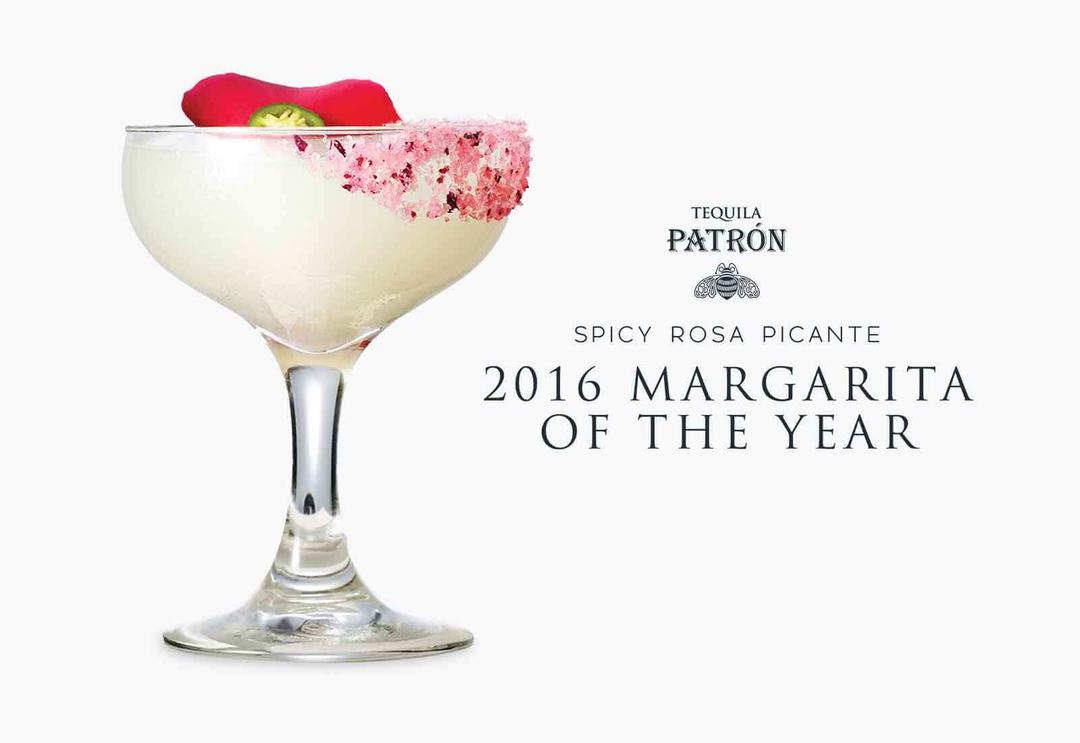
There is also an example of native advertising turning into a full-blown show. It's about an amateur podcaster and a team of cryptography specialists who were exploring a mysterious sound signal received from deep space.
This native advertising was launched by General Electric. Shortly after, it spawned a whole fandom. The podcast got downloaded 4 million times in about 30 countries. Reddit users discussed the theories behind the show.
Native advertising can also be a big gig. At least, that's what the New York lottery made their advertisement. They hired 211 drummers who were supposed to keep drumming nonstop for 12 hours. They were playing near grocery stores, supermarkets, etc.
This native advertising campaign made mayhem in NYC and the whole country. The stunt that attracted a lot of attention on social media was estimated at $4.5 million that the company would have spent on ads and commercials to get the same success.
Krisers Pets, which specializes in grooming pets, run a simple, yet effective digital native advertising. They took a dog and give it a spa day, of course, they made a lot of photos to share on social media. The ad's message was quite clear and catchy: a grumpy-looking pup has blossomed as the shampoo foam did its job.
The photos were supported with a concise advertising call-to-action: Pup needs a groom? Come in for 20% off your first full service. This native advertisement was exactly what you call native, it hit the bull's eye.
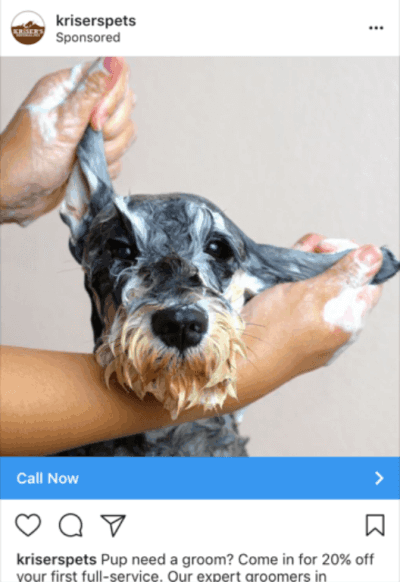
This advertising was quite native, and it got good engagement reaching the users who:
- Had pets.
- Were unable to pass by a cute doggo in the ad.
- Appreciated a considerable discount for the first visit.
A native advertising example from National Geographic was an Instagram post, which got 136,000 likes. It described the Indian region of Ladakh as a place where time goes backward. The touching post showed a stellar photo made by Shey Monastery.
The whole thing was sponsored by India's government as a way to stimulate tourism. And it showed all elements of a successful native ad:
- A beautiful story.
- A stunning photo.
- Interesting info on the subject (Ladakh region).
- Collaboration with a well-known brand (National Geographic).
The ad was a success because it made the audience feel dreamy and emotionally engaged.
Instagram is a popular platform for running digital native advertising campaigns. That's because it provides great opportunities for this. At the same time, running an ad there can be challenging.
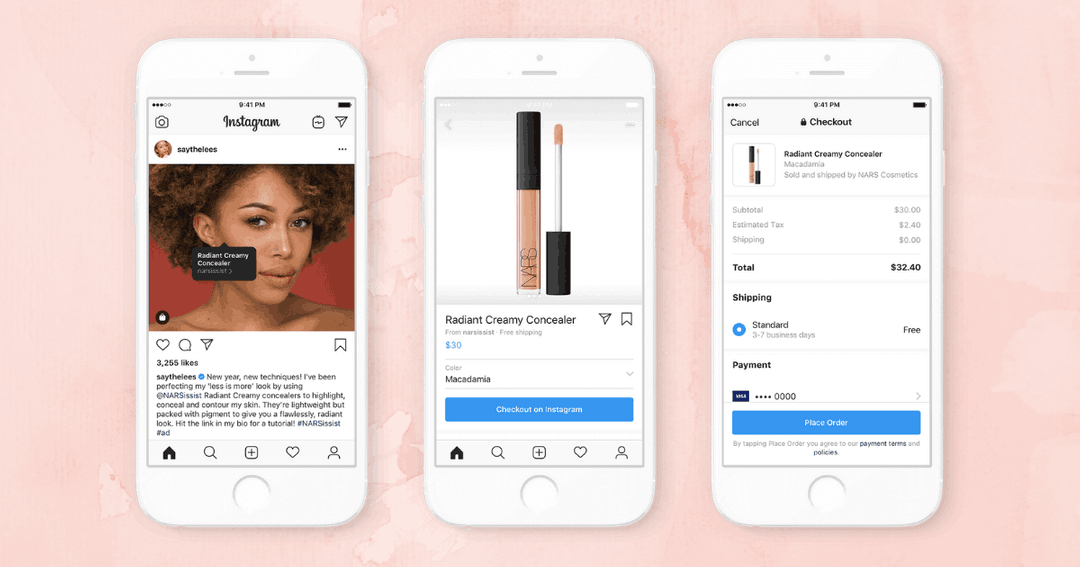
Here are a few things you should know about native advertising on Instagram:
- The quality standards for Instagram are high, and you should meet them when starting native advertising. The social network started as a platform for sharing pics. The images you post must be eye-catchy, vivid, and aesthetic. They also should have high resolution. It means 1080 pixels in width.
- You should work with statistics to have a successful digital advertising campaign. First, you can view the numbers if you have a business account on Instagram. Read how to check Instagram posts and Stories Insights. There you can learn about your audience. Secondly, use the insights to make your advertisements more native and relatable. You can well use it when setting up ads to boost your IG post.
- Instagram audience is younger than Facebook's. Besides, female users prevail over the male on this social network. Think about it when you are creating native advertising content.
- A native ad can be sponsored. If you want to try it, you should know that the prices on Instagram are higher than on other platforms. But the results of native advertising on this platform are proved to be better too.
- Make use of the variety of options to broadcast your native ads on Instagram. You can add it to Stories and Reels, there can also be promo posts.
Perhaps, you have already created content for native advertising. But to make the ad relatable and arrive at success you must follow a few rules. Read them below.
As you already know, the success of native advertising is defined by its content. Content can be educational, analytical, fun, adorable, heart-touching, and so on. Whatever you choose for your ad — it's fine. As long as it can arouse emotions or be useful for a consumer.
Let's say an Instagram influencer's got a task to promote a camera. A native ad here can be a good unboxing video with a good-quality picture, emotional speech, sound technical knowledge, and tips. There is also a conclusion to make it clear who will like the camera at the end. This video will be pleasant to watch, it will be entertaining and useful — the whole combo of a good native advertisement.
Such native advertising is beneficial for everyone. The viewers will know why they need the camera and how to use it, they also get positive vibes and enjoy the time with their favorite blogger. The blogger gets money and probably got the camera. The brand gets new customers and becomes more popular on social media.
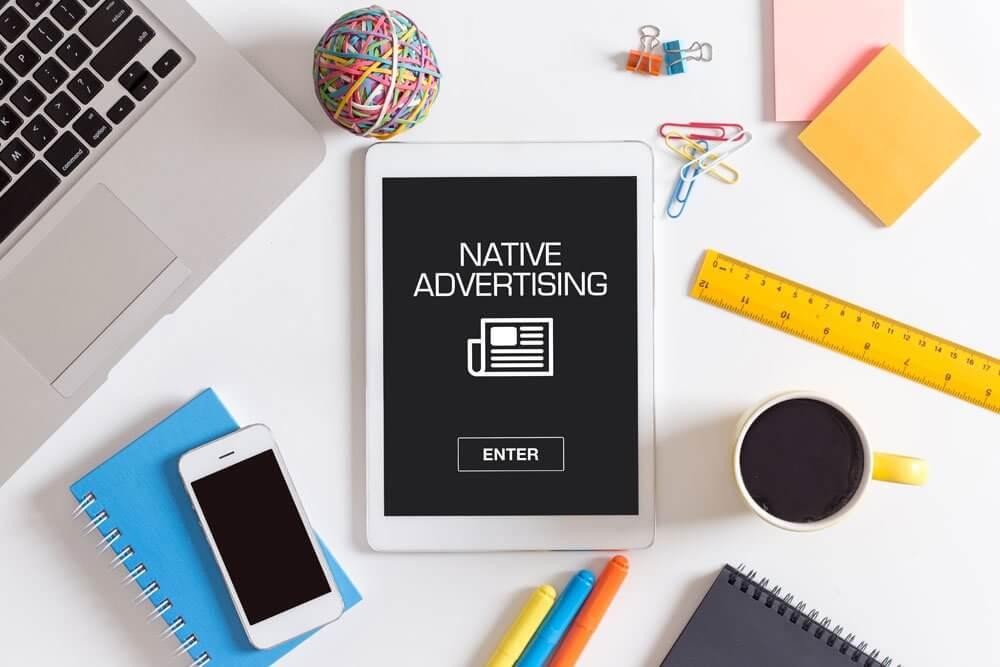
The success of your native advertising depends on how much people can relate to the content, brand, and product. You need to understand your audience well to make an advertisement they can relate to.
First of all, advertise only to people who are interested in your niche. You should also consider their age, preferences, and opinions. Then, you can come up with a good idea for your ad and make it as relatable as possible.
Find out what social networks your audience resides on. And stick to the platform's culture. For example, if you choose Instagram for native advertising, you better use aesthetic pictures in your ads than long convincing text.
You shouldn't limit yourself to advertising on social networks, instead, launch native ads on other websites posting on your topic too. If you promote a software — go to TechRadar. Do you provide a good analytical service on finances? Then, Forbes or Business Insider are what you need.
Native advertising can make your CTR skyrocket. But once you get the prospects, you need to provide them with everything necessary for purchasing:
- Customer support.
- Details about the product, purchasing and, delivery terms.
- Buy button.
If something is missed, your native advertising campaign fails. It's obvious: if you don't provide the opportunity to purchase — how will they purchase?
That's why you need to think about a landing page along with the native advertising content. On the page, you should add all the information, more than in the ad. Also, you should add contact, book or buy buttons. Give the link to this page under your advertisement video, photo, or QR code offline, and they will easily find how to place an order.
You can create a landing page for your Instagram native ads on Taplink. Below you can see examples. Follow the links to get page templates and create a similar page after a quick sign-up:
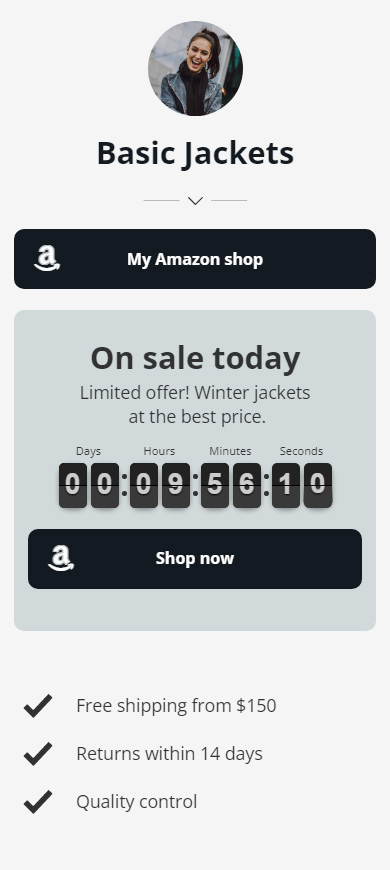
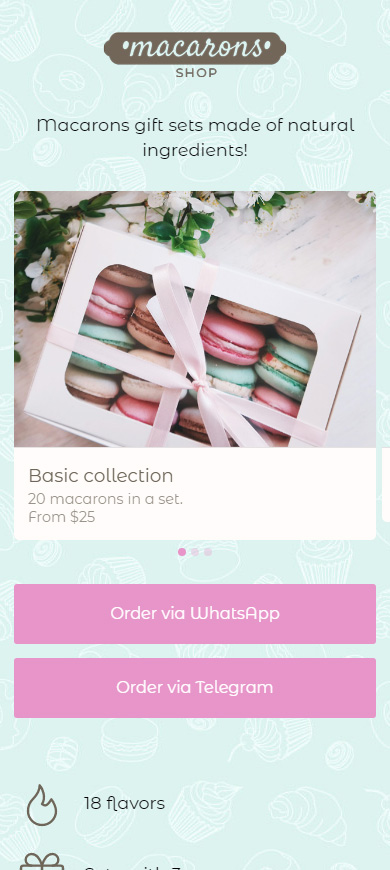
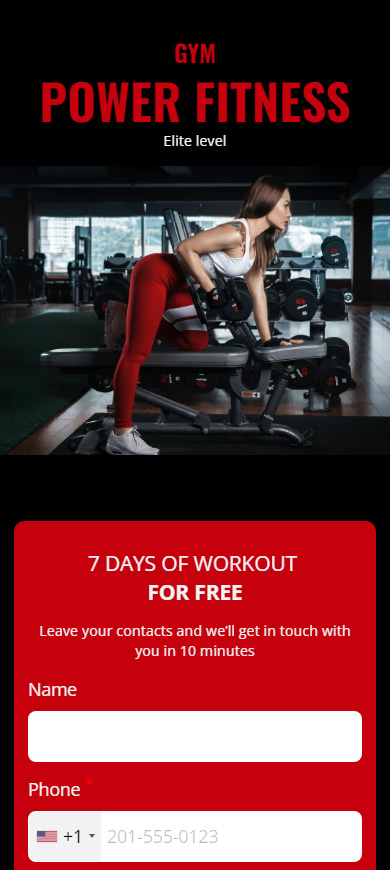
Tell people the content is made for native advertising. First, if it's sponsored content, then, you have to do this according to the law. Second, people hate being used and deceived.
You may think they will not watch your advertisement if they know the truth. But if your content is really engaging or useful, they will watch it. Besides, the truth will be revealed anyway, and it's better if you will be the person who reveals it is a part of native advertising marketing.
Now you know how powerful native advertising is. Remember to create engaging or useful content for your ad, which will be relevant to the viewers. Focus on the quality of the idea and content of your advertisement.
Create a landing page that will do the rest of an advertising campaign for you, once you piqued the interest, the page will incline your prospects to purchase.
Be honest and call things with their names. If it is an advertisement, call it with this word.